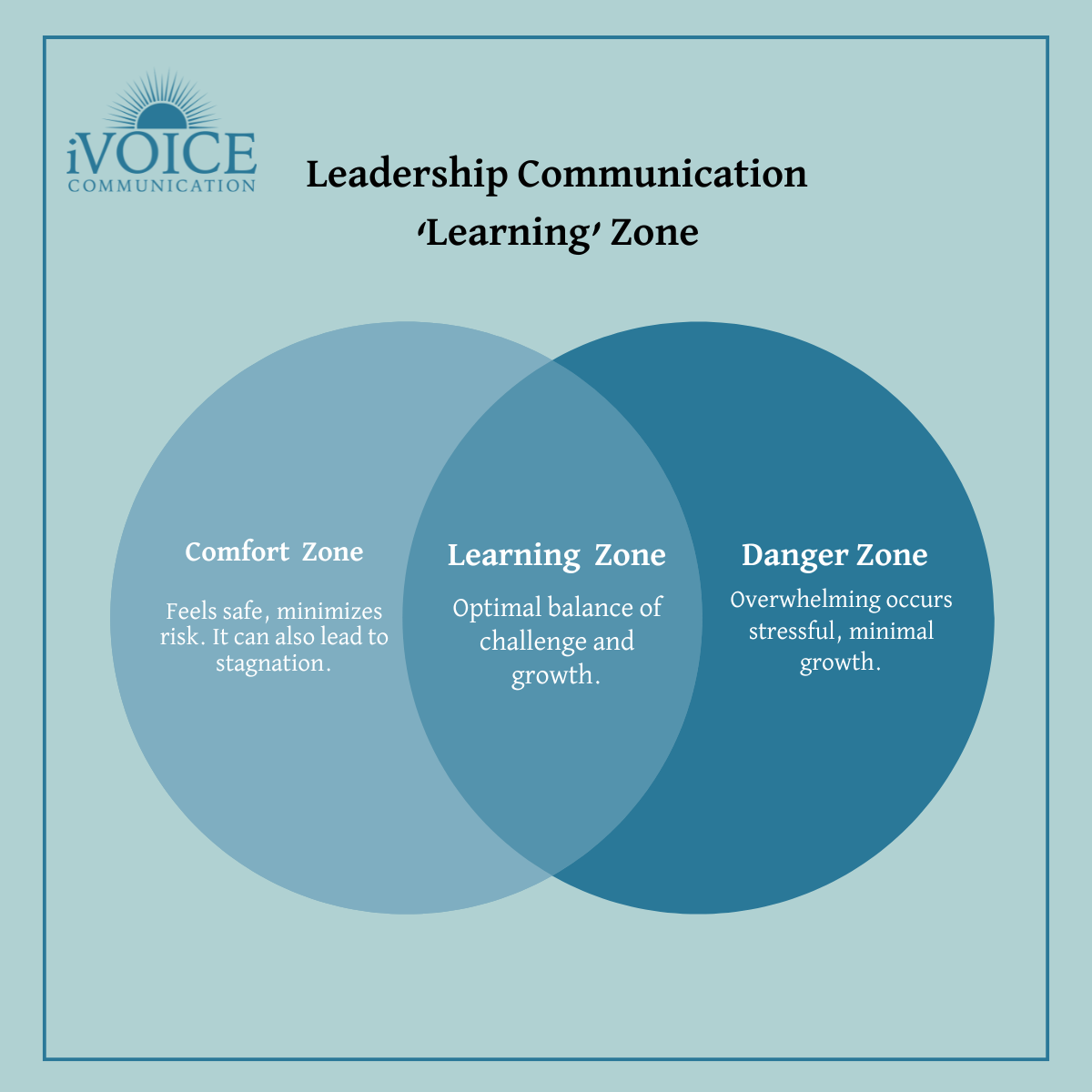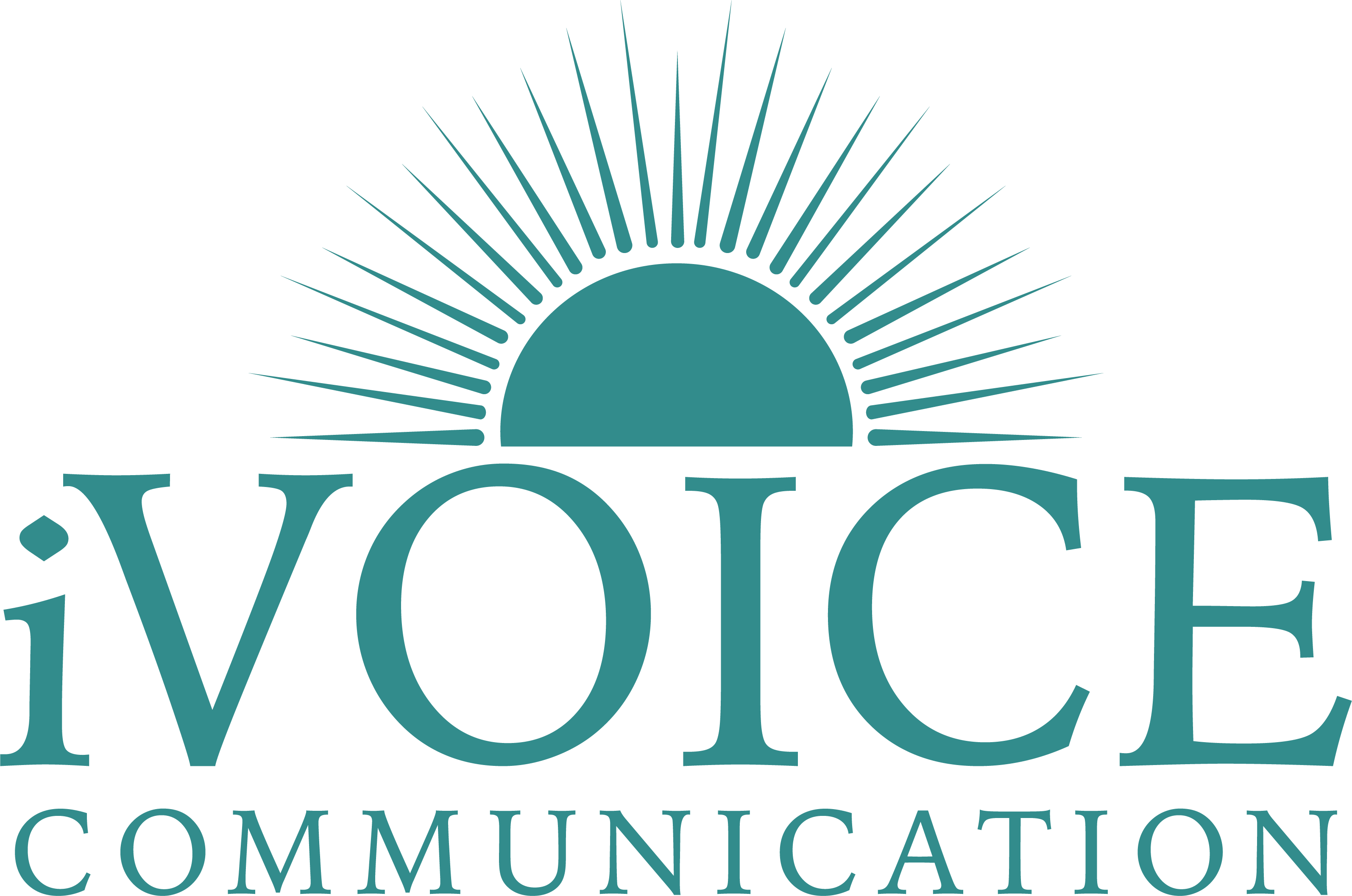In today’s information overloaded world, clear and effective leadership communication strengthens everything. Yet, many of us remain tethered to familiar patterns of interaction that limit growth. To thrive today, it’s essential to move beyond your comfort zone and embrace the learning zone so you can develop new skills to cut through the clutter and rise as a leader. The learning zone is where blind spots are uncovered, and self-awareness and updated communication skills can flourish.
How to step into this new zone?
- Recognize the Comfort Zone Trap
The comfort zone feels safe because it minimizes risk, but it can also lead to stagnation. Whether it’s sticking to familiar jargon, avoiding difficult conversations, or relying on old communication habits like passivity (under speaking), perseverating (over speaking), or aggression, these patterns usually fail to work in a complex, fast-changing world.
- Identify Your Learning Zone
The learning zone exists just beyond the boundaries of the comfort zone. It’s where you challenge yourself to take risks, adapt to new communication methods, and practice skills that may feel unfamiliar at first. Unlike the danger zone, where overwhelm occurs, according to Dr Daniel Goleman (author, Emotional Intelligence, Optimal) the learning zone provides a better balance of challenge and growth. It’s also a place where greater self-trust develops.
- Manage Stress in Your Learning Zone
Stepping into your learning zone can be exciting but stressful. Keeping stress low is crucial because high stress can hinder your ability to think clearly and retain new information. When stress is lower, your brain functions better, allowing you to process new ideas, solve problems, and practice new skills.
- Embrace Your Strengths and Vulnerabilities
Every leader, no matter how accomplished, has both strengths and vulnerabilities. The key to effective leadership is recognizing both. Knowing your strengths allows you to be proud and leverage what you do best. Acknowledging your vulnerabilities helps you become more relatable; more human, opening the door to authenticity and connection. By embracing the full spectrum of your leadership communication traits, you can create a foundation of trust with others.
Once in the learning zone try approaches that may initially feel awkward. They could include:
- Speaking Directly: It’s the leader who uses plain language to convey messages without unnecessary jargon who is revered and understood. Clear and straightforward communication ensures you avoid confusing messages and unnecessary detail.
- Articulating the Language of Business. The higher one goes in their career the more vital it is to think and speak like a stakeholder. Strong leaders are able to communicate about the bottom line of an organization, courageously and with precision.
- Motivating and Coaching. Today, leaders need to consistently keep their skills strong and model these behaviors for others. Teams know a leader cares when they encourage, coach, and provide feedback. It’s the leader who’s also able to articulate wants, needs, and processes, to a variety of people, who is more able to motivate and inspire.
Regularly reflect on your interactions to identify areas for improvement, and apply lessons learned to future conversations, meetings, and presentations.
Over time, these incremental changes build confidence and mastery, and lead to lasting change.
Stepping out of your comfort zone and into your learning zone is the key. By embracing some discomfort, refining your skills, and noticing steady progress, you’ll navigate complexities with more confidence and the ability to connect, collaborate, and communicate — with greater harmony and skill.
iVoice Communication a company dedicated to developing confident speakers, successful interpersonal communicators, and healthy human connections so both people and businesses thrive. Contact us for 1:1 coaching and group training:








